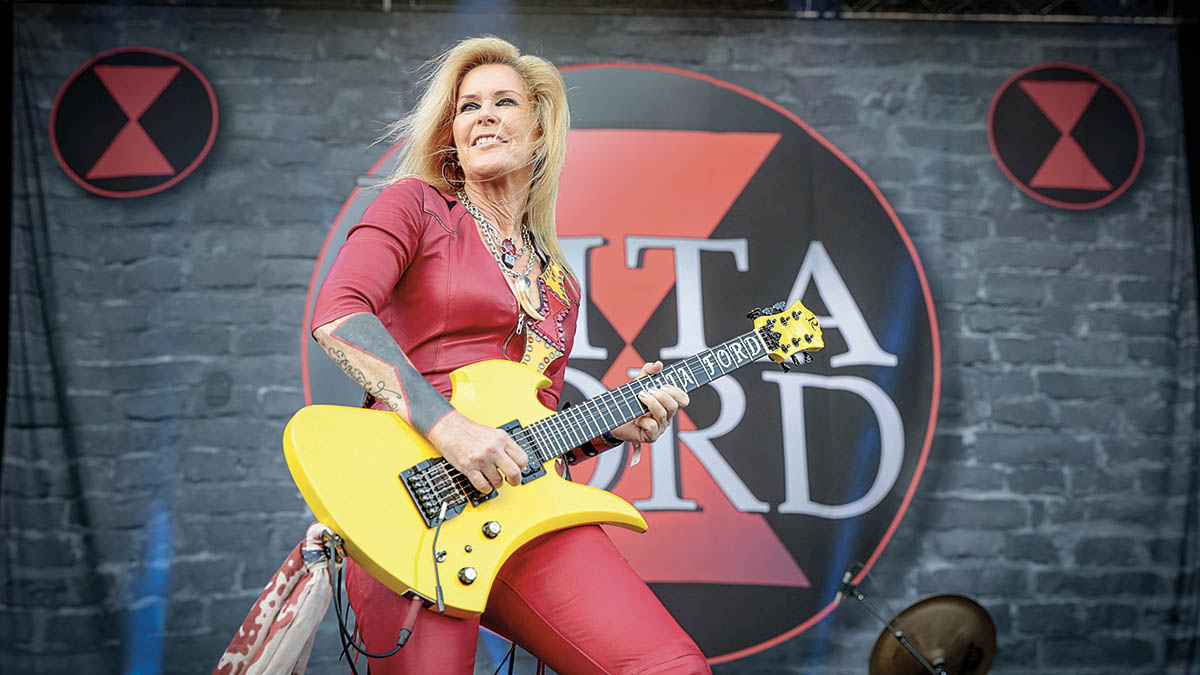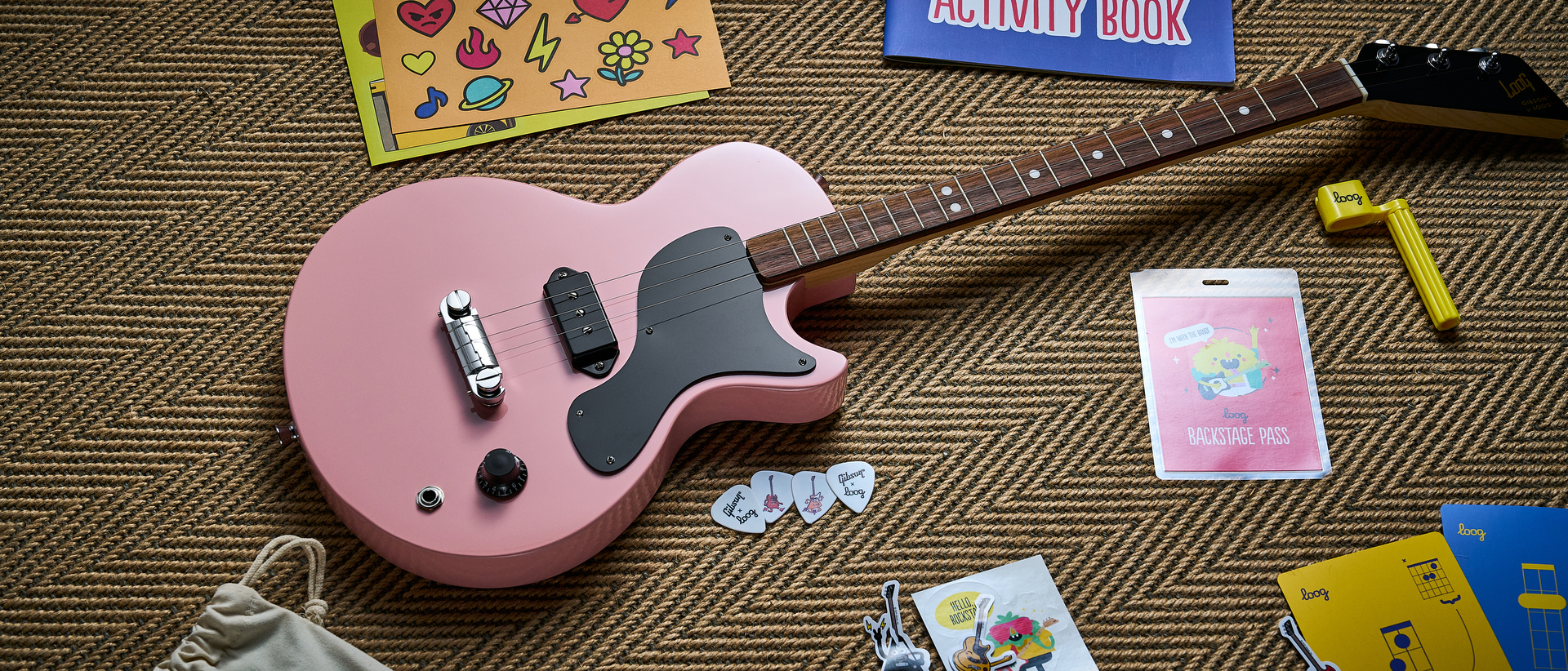Harness the power of Lita Ford's rock rhythms and leads
The ex-Runaways guitarist who went on to a glam-rock solo stardom has a style that is all energy, precision and attitude

Lita Ford is a pioneering rock musician, a female guitarist who broke into the male-dominated ’80s rock scene. She began her career in the mid-’70s when she joined The Runaways, a band that also featured Joan Jett on guitar and vocals. With Ford also playing guitar and singing, and the band being split between rock and punk, they parted ways in 1979.
In the early 1980s, Lita Ford released several albums on the Mercury label before signing to RCA Records and being picked up by Sharon Osbourne’s management company. This alliance led to a shift towards pop-metal, and in 1988 she released her most successful album, Lita, which included a duet with Ozzy Osbourne and a song co-written with Nikki Sixx of Mötley Crüe.
She continued to release albums into the 1990s, albeit with less success, before taking a lengthy break to focus on other areas of life. She also made regular appearances on TV shows before returning to the music industry in 2008.
The style of music on Ford’s 1988 album is what we’re focusing on in this lesson, and it features some classic ’80s rock rhythm and lead. Ford’s playing is stellar, with no shortage of speedy solos and precise rhythm playing. There’s also an energy to the music that encapsulates the era perfectly.
We’re in the key of C Major (C-D-E-F-G-A-B) here, and there are no notes outside of that key. Whereas a lot of rock is blues-based, this is all-out rock and built around the major scale. There are some picked and muted rhythm parts to play that are sometimes interspersed with arpeggios and melodic motifs, while the solo is a speedy affair that follows the chords and chord tones nicely.
Get the tone
Amp settings: Gain 8, Bass 5, Middle 6, Treble 6, Reverb 4
Lita Ford gravitated towards BC Rich guitars, that great staple of ’80s and ’90s rock, and can be seen with a variety of models. She always used a Floyd Rose vibrato and favoured a classic ’80s Marshall tone with plenty of preamp gain. Go for a humbucker equipped guitar if possible (or tame the amp or a single-coil guitar’s treble), and a Marshall style rock tone with delay.
All the latest guitar news, interviews, lessons, reviews, deals and more, direct to your inbox!
Example 1. Rhythm
The rhythm part has a lot of muting to the chords and individual notes, with the accents being on the first beat of each bar, especially in the opening eight-bar section. The arpeggio chords should be palm muted throughout in bars 9-16. This adds precision and a nice ‘thud’ to the notes.
Example 2. Solo
The solo mixes fast legato phrases and some picked notes. Don’t worry too much about precisely following the notation here in terms of the picking, just aim to get an energetic blend of alternate picking and legato (hammer-ons and pull-offs).
